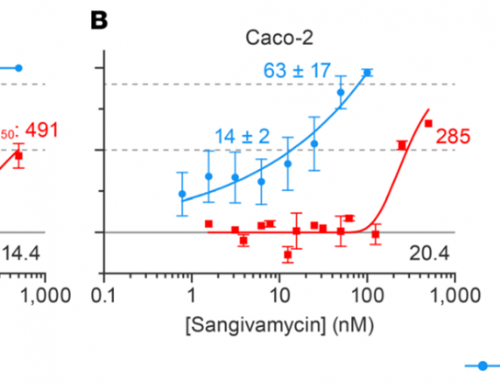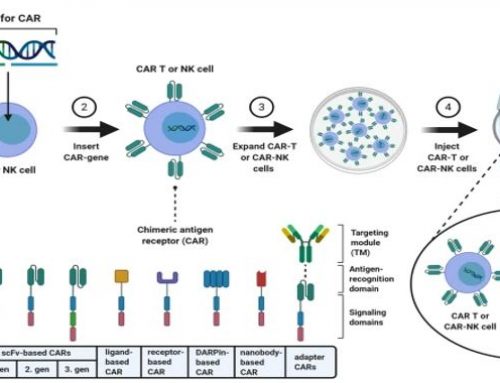Entomopathogenic fungi (ENPF)– those fungal species that use insect hosts to propagate – are of note in India due to their potential utility in pest management. The Indian Institute of Technology (New Delhi, India) obtained soil samples and isolated ENPF with the intention of studying how these types of fungi might be used to control the house fly, Musca domestica, an insect that causes many health problems in humans and animals in that country. The samples were then characterized molecularly and tested for pathogenicity against M. domestica. The Cellometer Vision was used to accurately maintain spore counts. Through this work, the researchers identified strains suitable to the given environment with high potency against the common house fly for further development.
Read the full publication here.
The Cellometer Vision and Vision CBA systems provide researchers with great flexibility – the Vision system can be used for cell counting in bright field and also dual fluorescence, and can also perform cell-based assays with only 20 microliters of sample.






Leave A Comment